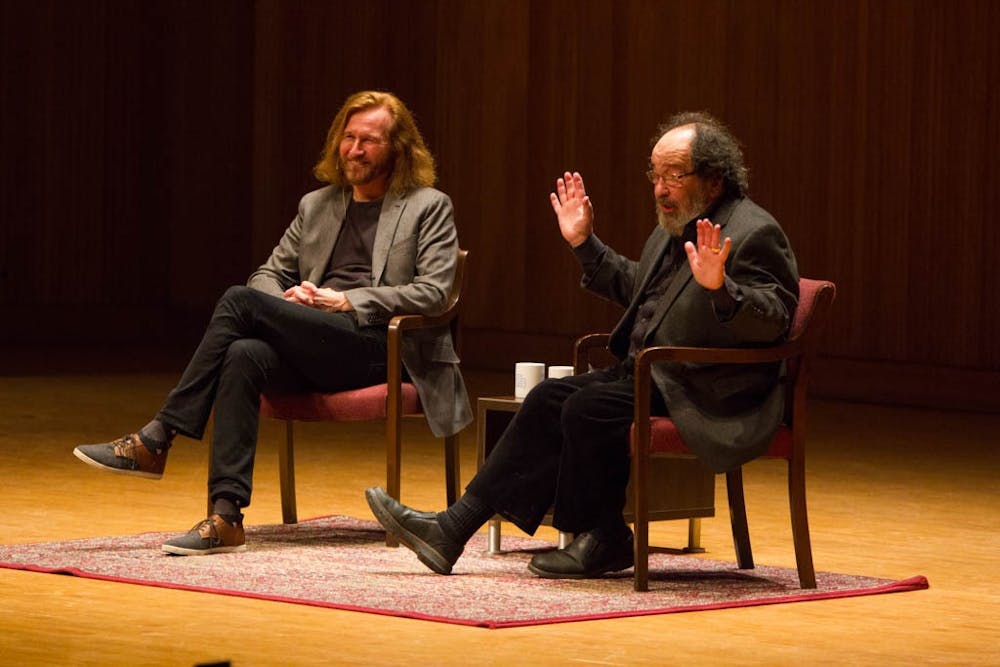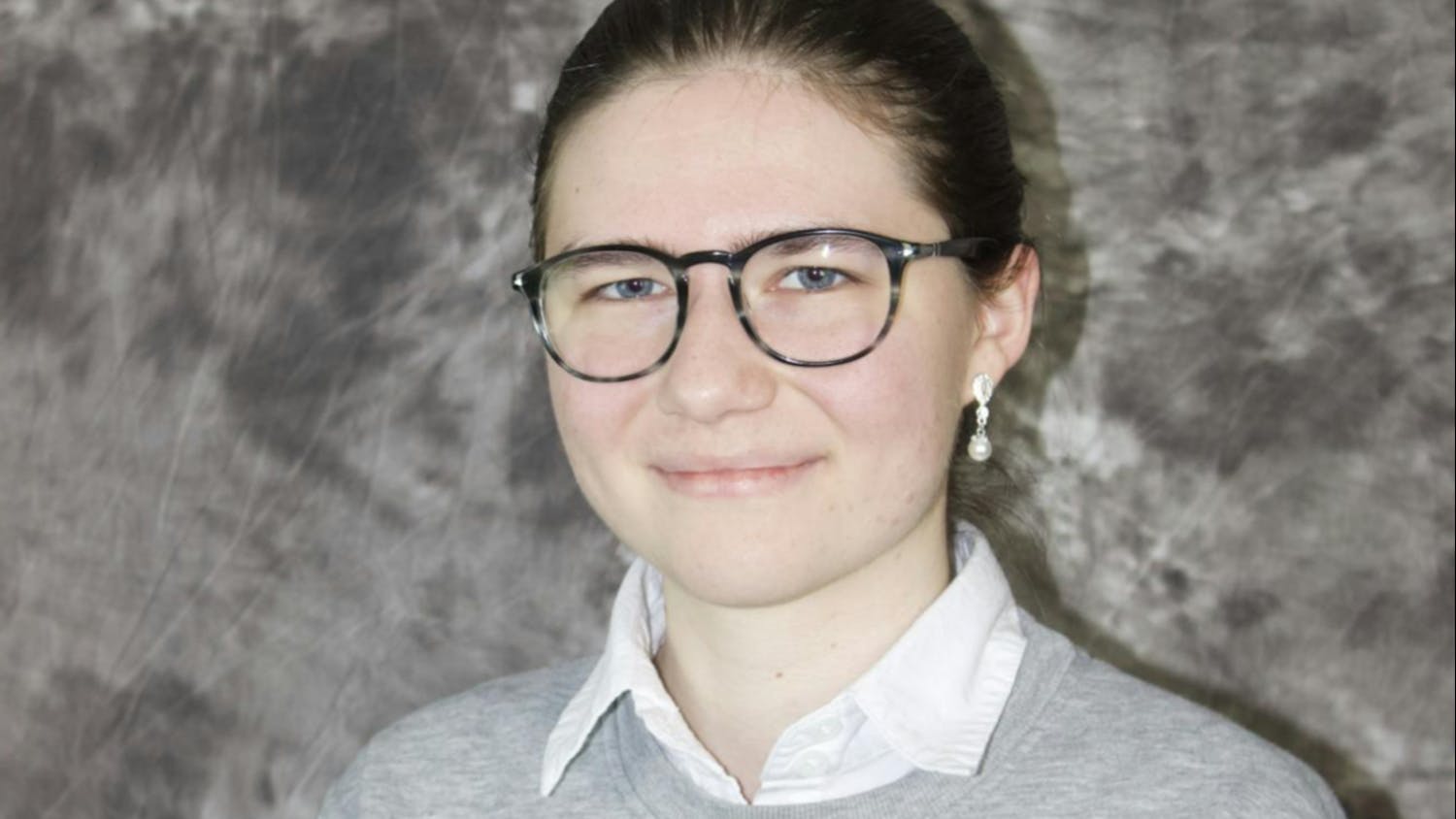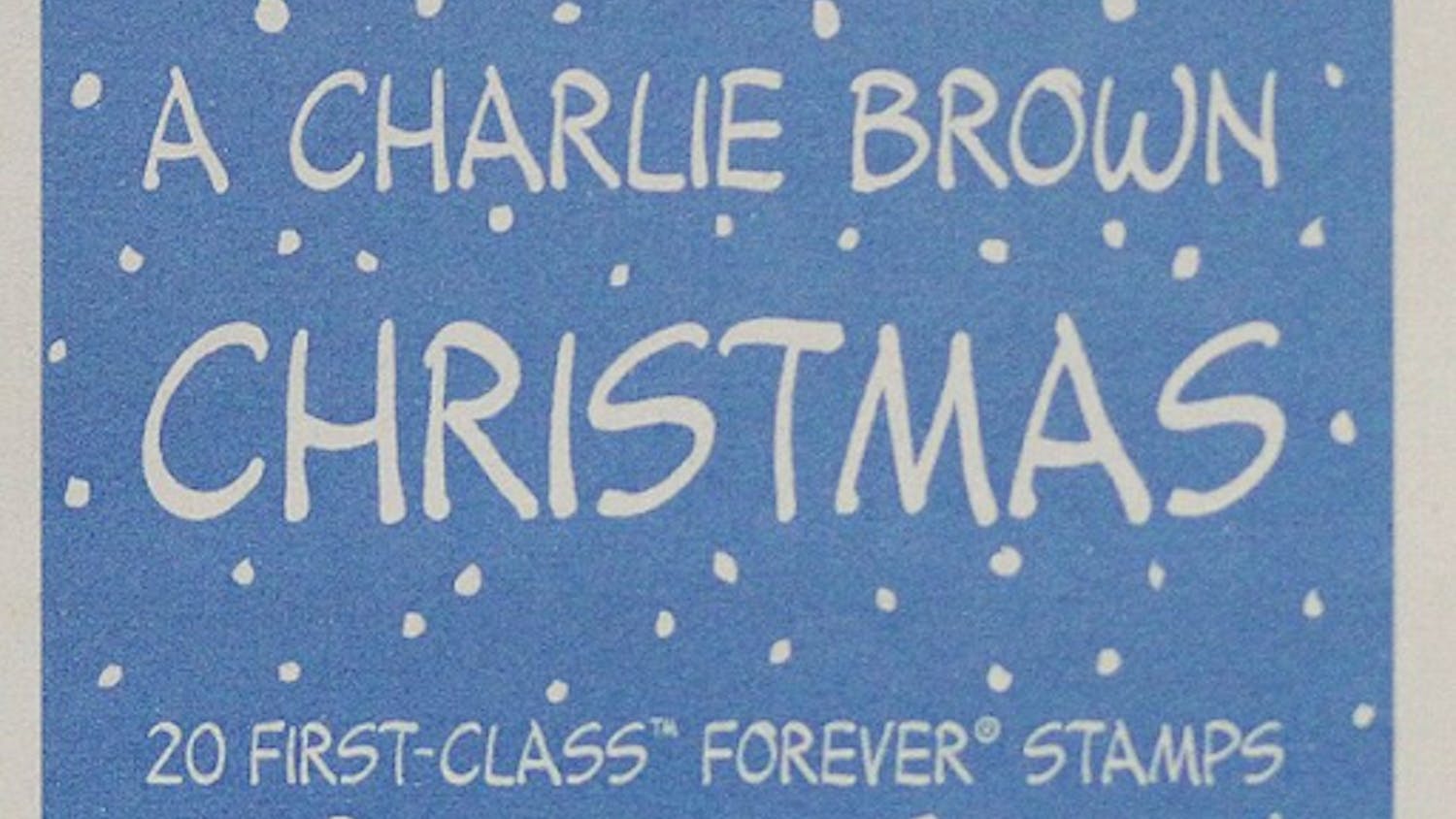Tom Toles first set foot in The Spectrum’s office as a “long-haired liberal.”
Fifty years later — with a Pulitzer Prize and decades of work at The Washington Post and The Buffalo News under his belt — Toles is walking into the sunset as a “long-haired liberal.”
As a high schooler in the 1970s, Toles dreamed of becoming a professional cartoonist. So the Buffalo native started publishing his work in The Spectrum, which at the time featured the writing of budding journalism stars like Jo-Ann Armao, currently the associate editorial page director at The Washington Post, and Howard Kurtz, currently the host of Fox News’s “Media Buzz.”
When he finally became a UB student, Toles continued drawing for The Spectrum.
He says many of his most memorable moments at UB were made at the student publication. It gave him a community, he says, a space to experiment with his art and kickstarted his editorial cartooning journey.
The Spectrum was his “center of gravity.”
“It’s where I’d go when I had time, the people there that I met — the fellow journalists — it was like a real community,” Toles said. “Just the atmosphere at the Spectrum offices was easily my fondest recollection from college.”
Toles says his initial drawings didn’t look like traditional newspaper illustrations, but that they were “loosely connected to some material on the paper.”
His first published piece was an “expressionistic, angst-filled portrait” of human hands growing out of a man’s head. The drawing accompanied an article about the UB Faculty Senate attempting to come to grips with Department of Defense-sponsored research at UB.
Toles says he doesn’t remember much about that initial drawing, but he doesn’t have to; his post-college success speaks for itself.
Over the past 50 years, Toles has become one of the most accomplished political cartoonists of his generation.
Toles, 69, graduated from UB in 1973 and enjoyed a five decade-long career in editorial/political cartooning. Toles, who was The Washington Post’s editorial cartoonist from 2002 until his retirement in October 2020, says he liked to start conversations around climate change, women’s and LGBTQ rights through his work. Before making the shift to national journalism, Toles worked for The Buffalo News from 1983 to 2002, where he won the Pulitzer Prize for editorial cartooning in 1990. Toles’ first job, right out of college, came at the Buffalo Courier-Express — which shut down in 1982 — as a cartoonist, where he experimented with and first created political cartoons seriously and started finding his voice.
But, before Toles got his start at the Buffalo Courier-Express, he was The Spectrum’s cartoonist, something he can attribute to his older brother, George Toles, who showed his drawings to the paper’s editorial staff.
“I thought some of his pen and inks were distinctive, highly unusual and disturbing,” George Toles said. “I wanted to foster Tom’s creative talent before he got discouraged or distracted.”
George Toles says his brother's illustrations drew upon his “feelings of isolation, estrangement and stuckness.”
They were “haunting and memorable,” he said.
Toles had opinions to share, but felt he didn’t have the right tools to draw them.
“[Political cartooning] was a real challenge for me because it required some skills that I didn’t feel like I was very strong in at the time,” the younger Toles said. “My knowledge base of politics was thin. I mean, I was interested in politics, but I just didn’t know that much about what was going on.”
So Toles began researching political and social issues and practiced linear drawing styles to make his illustrations more suitable for political cartoons. The turning point for him was when a new publisher encouraged Toles to draw his own narrative.
“I had the opportunity to bring my own worldview into my work and that’s when it started to get more interesting,” Toles said. “I found that I had a voice that I wanted to exercise.”
Toles’ first published piece was an “expressionistic, angst-filled portrait” of human hands growing out of a man’s head.
Toles wanted to spark change and be a part of public discourse through his work. It kept him going for 50 years. From his first illustration published in The Spectrum to his last cartoon in the Washington Post, he did just that.
Climate change and social justice are just two of the many issues Toles cares about most deeply.
He says climate change is the nation’s most pressing concern and a threat to humankind. Toles says the ‘70s environmental movement made him realize the significance of global warming and the need to amplify awareness of it.
“Climate change was something that I was almost manic about, [but] it wasn’t a very popular topic for political cartooning,” Toles said.
He says most of his work surrounding climate change wasn’t well-received initially, but that didn’t deter him for making drawings about it; he felt it had to be addressed. Toles told himself he was “going to keep coming back to it and hammer on [the] subject until people start paying attention.”
He also co-authored the book, “The Madhouse Effect” — a satiric portrayal of climate change denialists — in 2016 with renowned climate scientist Michael Mann. Through this book, the authors hope to change people’s attitude toward global warming.
Toles says he’s “alarmed” it has taken so long for people to acknowledge climate change as a grave threat on a mass scale. He says he is shocked to see people debating its validity and that he can’t believe government economic policies that favor industries continue even to this day.
On the social justice front, the Civil Rights Movement’s events inspired Toles to draw about economic inequality and women’s rights, the LGBTQ and other marginalized communities.
Bruce Jackon, co-director of the SUNY Buffalo Creative Arts Initiative and a friend of Toles, says the cartoonist is tremendously funny, witty and smart. He calls Toles’ work on the Trump White House “excellent.”
“No one skewered Donald Trump better than Toles: his comments on Trump during those four years deserve a Pulitzer on their own,” Jackson said.
Toles was initially planning to retire five years ago, in 2016, but says he stayed on to make sure Donald Trump didn’t get re-elected. He says Trump showcased an “autocratic impulse” and needed to be stopped.
“I think he would represent the end of an accountable democracy in the United States,” Toles said. “So for the last four years, my attention has become almost singularly focused [on] trying to highlight the dangers he represents and also portraying how the Republican Party is currently operating as a facilitator.”
He says although the “worst is over,” and Trump lost the election, there is still a lot of work to be done in order to “build a society that works and gives dignity to all its citizens.”
Toles says journalism will change, but its essence will remain the same. He says “the fuel of democracy is information,” so its flow is always necessary.
He ended our phone interview — just like he did his final cartoon — cautioning about the chaos artificial intelligence could cause in the near future.
“I really think we’re going to be facing, in 10 or 15 years, a whole additional onslaught of artificial intelligence, which is going to be a social disruptor.”
Vindhya Burugupalli is the senior engagement editor and can be reached at vindhya.burugupalli@ubspectrumm.com or on Twitter @vindhyab_

Vindhya Burugupalli is the engagement editor for The Spectrum. She loves traveling and documenting her experiences through mp4s and jpegs. In her free time, she can be found exploring cute coffee shops and food spots.





